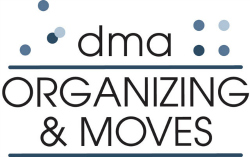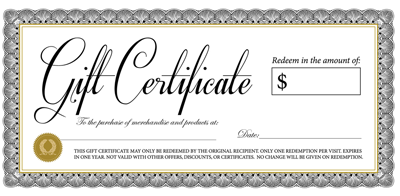Minimalism Explained

We are exploring the concept of minimalist living. At first glance it may seem completely impractical for most of us living a busy modern life. We definitely haven’t fully adopted this lifestyle – yet – but are enjoying learning more what it can look like in the real world and how it can apply to us and our clients.
Here are 3 views on what living minimalist really means:
“It’s important to understand that the reduction of physical possessions is often a RESULT of Minimalism, not Minimalism itself. Just giving away a bunch of things doesn’t make you a Minimalist, any more than buying a statue of Buddha makes you a Buddhist or doing yoga makes you healthy. It’s one aspect of the whole, for sure, but you needn’t partake if that’s not where your priorities happen to be. There are always other options.
And that’s what’s important to establish here: priorities.
What Minimalism is really all about is reassessment of your priorities so that you can strip away the excess stuff – the possessions and ideas and relationships and activities – that don’t bring value to your life.” – Colin Wright, Exile Lifestyle
“Q: What rules do I need to follow to become minimalist?
A: There are no set rules. There’s no one way. What I suggest for living minimally isn’t what someone else would recommend, nor is it how you would live your minimalist life. In general, however, you want to live simply without too many unnecessary possessions, distractions, clutter, or waste. You want to live frugally, debt-free, sustainably, naturally.” – Leo Babauta, Description of Minimalism
“We often hold on to things just in case we need them: We don’t let go because we might need something in some far-off, nonexistent, hypothetical future. We pack too much stuff in the remotest chance we might need something for trips and vacations.
We needn’t hold on to these things just in case: We rarely use our just-in-case items—they sit there, take up space, get in the way, weigh us down. Most of the time they aren’t items we need at all. Then we tested our hypothesis: the 20/20 Rule. Anything we get rid of that we truly need, we can replace for less than $20 in less than 20 minutes from our current location. Thus far, this hypothesis has become a theory that has held true 100% of the time. Although we’ve rarely had to replace a just-in-case item (fewer than five times for the two of us combined), we’ve never had to pay more than $20 or go more than 20 minutes out of our way to replace the item. This theory likely works 99% of the time for 99% of all items and 99% of all people—including you.” Joshua Fields Millburn & Ryan Nicodemus, Essential
We were happy to find that we have already adopted few of these concepts. As Professional Organizers, we bear daily witness to the burdens of excess. As a result, we were happy to find that we’ve already adopted a few of these concepts. For example: We’ve learned to be careful not to let memorabilia take over our space. We use the library instead of buying books. We regularly purge our clothes, keeping a donation bag on hand to make it easy to move things out.
What kinds of “minimalism” actions are you inspired to take?

